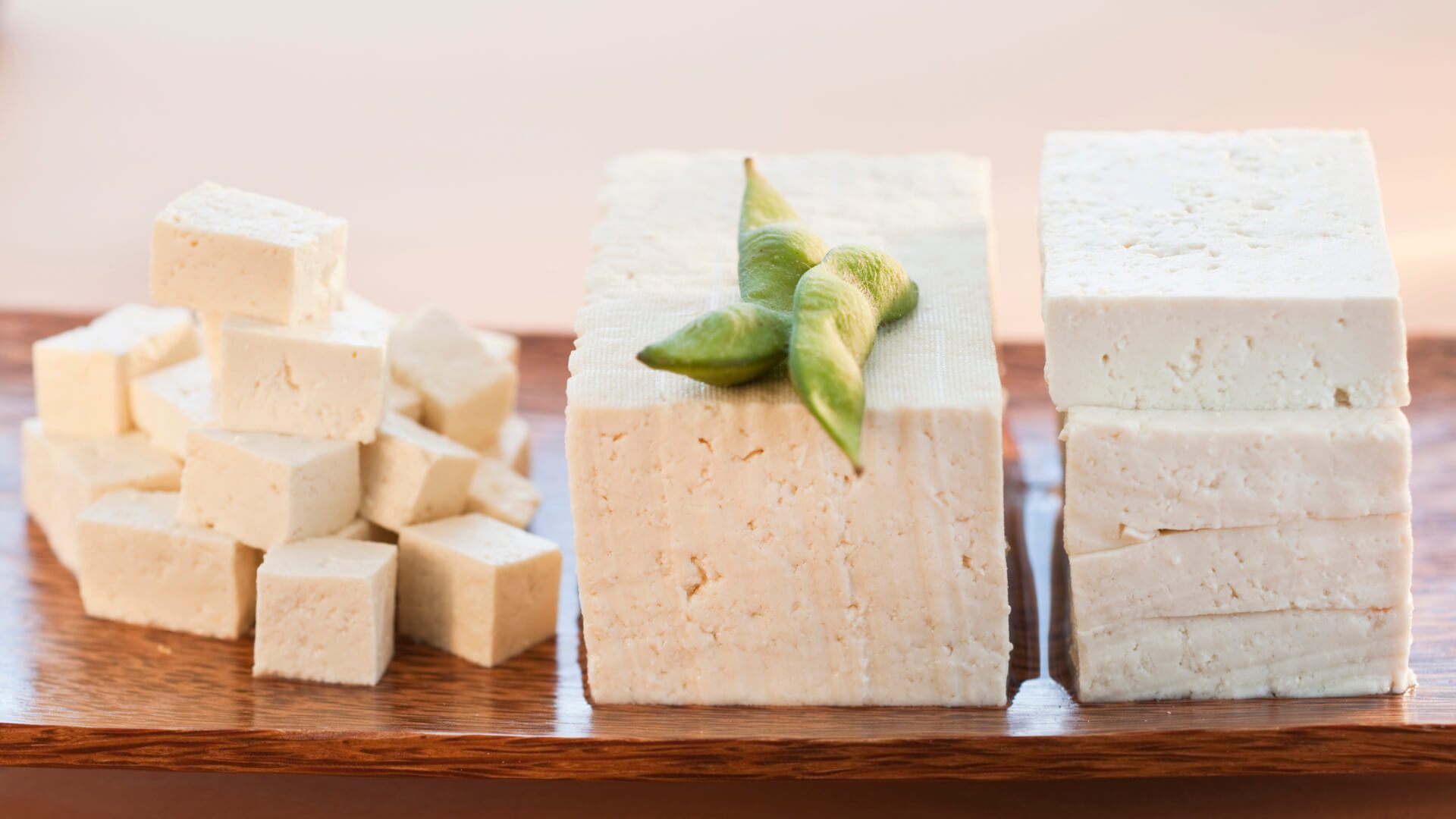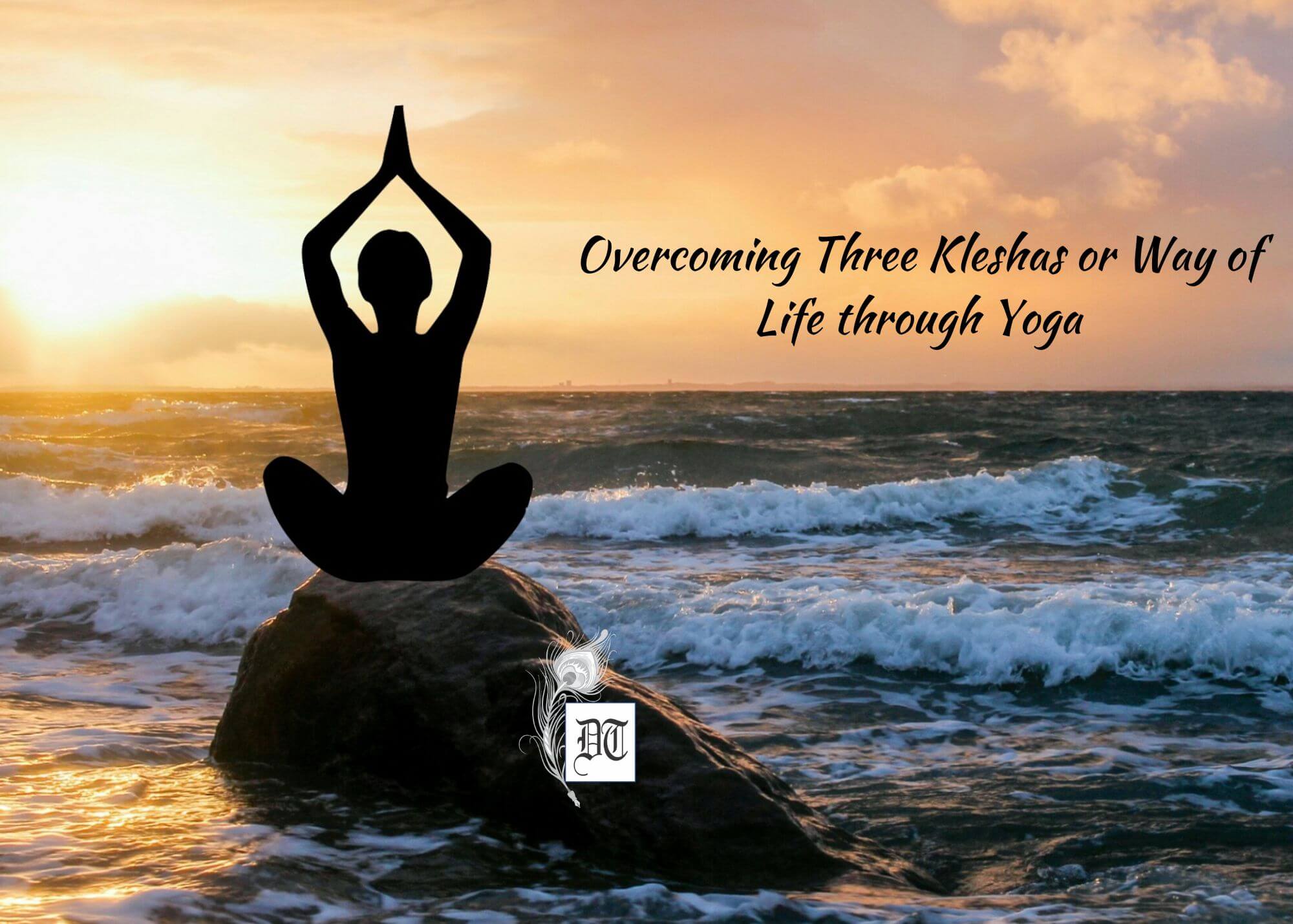Swami Shivananda’s teaching for physical and mental well-being is the spiritual strength behind Shivananda Yoga centres around the world. This school of Yoga stresses on five easy ways to live a healthy and prosperous life: asanas, pranayama, Savasana, vegetarian, Vedanta, and Dhyana. These five things are important sources of life energy. Our Yoga expert, Navodita, tells us more, in the weekly column, exclusively in Different Truths.
We discussed the philosophy behind Anusara Yoga last time. This time, let us take a deep look into what Shivananda Yoga is all about. Swami Shivananda lived from 1887-1963. His teaching for physical and mental well-being is the spiritual strength behind Shivananda Yoga centres around the world. Swami Vishnudevananda of Shivananda Yoga stresses on five easy ways to live a healthy and prosperous life: asanas, pranayama, Savasana, vegetarian, Vedanta, and Dhyana. These five things are important sources of life energy.
Asanas enhance the flexibility of the joints, muscles, tendons, and ligaments. The asanas improve circulation, massage the internal organs and improve organ function. A flexible and strong spine enhances blood circulation and keeps the body young and powerful.
Pranayama connects the body to its battery, the solar plexus, which is an enormous reservoir of energy. Deep, conscious breathing boosts our daily energy reserves – stress and many diseases (for example, depression) can be alleviated in this way.
If the body and mind are subjected to constant overload, their performance suffers. A few minutes of physical, mental and spiritual relaxation counteract worry and fatigue more effectively than several hours of uneasy sleep. Proper relaxation is an excellent cooling system. In a modern day world, many people find it difficult to stay relaxed. By keeping our muscles in a constant state of readiness, we expend a lot more energy than we would if we used only those muscles needed for the job at hand. Unnecessary physical and mental tension uses up great amounts of energy, even in periods of rest, and wastes a huge amount of our vital energy. The problem is also that negative emotions like anger or irritability can deplete these energy stores in just a few minutes. In ‘Savasana’however, only a very small amount of life energy (prana) is used, just enough to maintain vital metabolic activities. The rest of the energy is stored. This deep relaxation includes three levels: physical, mental and spiritual relaxation.
Vegetarianism is yet another example through which one can increase the energy levels inside one’s body. It is one that is simple, natural and health promoting, and can be easily digested and assimilated by the body. It consists of food products that have the most positive effects on the body and mind while having the fewest negative effects on the environment and on other creatures.
Finally, positive thinking and meditation (Vedanta and Dhyana) are the keys to peace of mind. By controlling the movements of the mind, we can eliminate negative thought patterns and experience deep inner peace. Meditation is the method used to calm and focus the mind. Regular practice promotes not only mental equanimity but physical and spiritual well-being as well. Before we can meditate, though, we need to create the mind through concentration techniques and positive thinking. A mind full of negative thoughts and feelings is hard to calm down.
By controlling the movements of the mind, we can eliminate negative thought patterns and reach the meditative super-conscious state (Samadhi). Samadhi is the blissful union with the Supreme Self and leads to direct, intuitive experience of the Infinite. It is a deep spiritual experience that cannot be put into words or even grasped by the mind. In Samadhi, the senses, the mind, and the intellect cease to function. The consciousness expands, going beyond time, space and causality. One realises the Divine presence pervading all life forms and experiences profound peace and joy and a feeling of oneness with the universe.
Siva Samhita says, “Let the Yogi eat moderately and abstemiously, otherwise, however clever, he cannot gain success.”
Shivananda Yoga also believes that a Yogi should have a balanced diet full of nutrients. The human body needs food for two reasons – as fuel for energy and as raw material to regenerate the body and continuously renew the tissues. A pure and natural diet is the best way to support our body’s two basic needs. Since all energy comes from the Sun, the closer our food is to this source, the more energy it has. Human beings can only draw Vitamin D and life energy (prana) directly from the Sun, whereas plants use photosynthesis to convert sun energy into matter. Therefore, a vegetarian diet delivers nutrients directly from the ‘source’. Meat or fish, by contrast, contains only ‘second-hand nutrients’ – the natural energy of the plants has already been metabolised in the body of the animal. We are what we eat. This is true in most respects. Food also has more subtle effects: it forms the substance of our mind and can thus influence the mind in a very subtle way. This is another reason why we should eat natural foods. Fresh, light and nutritious food keep the body trim and flexible, the mind clear and sharp and makes both body and mind receptive for the yoga practice.
Shivananda Yoga follows their intensive Sadhana classes where they introduce the practitioner to the concept of Yoga, Vedanta, Pranayama, and Mouna. Some texts they strongly recommend reading for this are Viveka Chudamani by Shankaracharya. This is a basic text on Vedanta philosophy which describes the practical methods towards realising the Self and the necessary preparations for it. Another text is Srimad Bhagavatam by Vyasa Maharishi. This is one of the most important works on Bhakti Yoga. Listening to these stories fills the mind with universal love and opens the heart, which is the key to experiencing the deepest levels of Hatha Yoga. Finally, Hatha Yoga Pradipika by Yogi Swatmaram is highly recommended, too. This classical text explains in detail the asanas, Pranayama, Mudras, Bandhas and the process of awakening the Kundalini.
©Navodita Pande
Photos from the internet.
#HolisticHealth #Yoga #Asana #HathaYoga #AwakeningTheKundalini #Meditation #ShivanandaYoga #DifferentTruths










 By
By